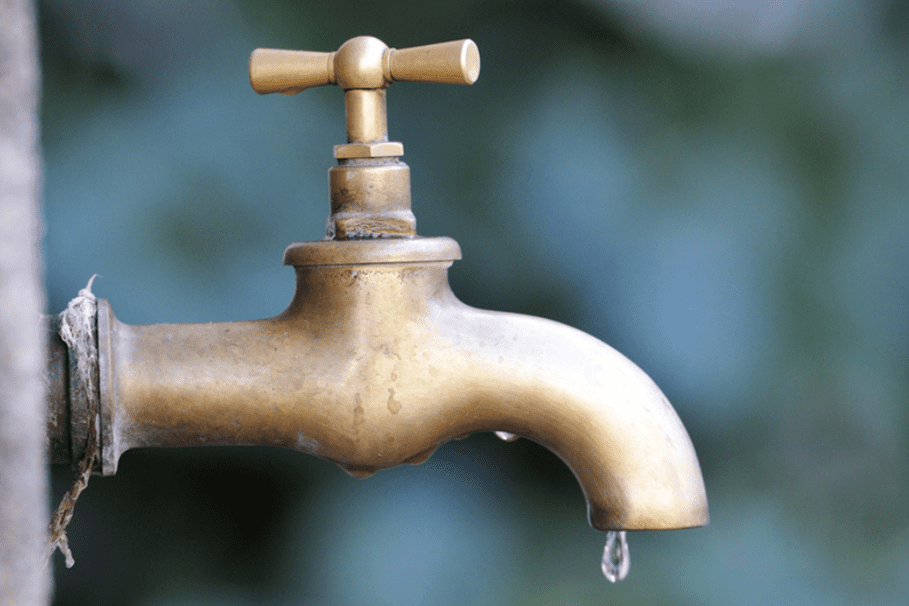They are making a number of good observations on How to Prevent Frozen Pipes in general in this great article down the page.

All home owners who reside in temperate climates need to do their finest to winterize their pipelines. It is something you must do during fall before deep winter season genuinely begins. Failure to do so can spell calamity like icy, fractured, or ruptured pipes. Below are some convenient winterizing hacks to keep your plumbing system secured even if the climate exterior is frightful.
Try a Hair Clothes Dryer or Warmth Gun
When your pipes are virtually freezing, your dependable hair dryer or warm weapon is a blessing. If the warm towels do not assist remove any kind of clearing up ice in your pipelines, bowling warm air straight into them may help. You might finish up damaging your pipelines while attempting to melt the ice.
Open Up Cupboard Doors Hiding Plumbing
It would certainly be helpful to open cupboard doors that are masking your pipes when it's chilly outside. For instance, they could be somewhere in your kitchen or shower room. This will certainly permit the warm air from your heating system to distribute there. As a result, you protect against these exposed pipes from freezing. Doing this tiny trick can maintain your pipelines cozy as well as limit the possibly unsafe outcomes of freezing temperature levels.
Take Some Time to Cover Exposed Water Lines
One clever and also simple hack to warm up frigid pipelines is to wrap them with cozy towels. You can likewise utilize pre-soaked towels in warm water, simply do not forget to put on safety handwear covers to secure your hands from the warmth.
Turn On the Faucets
When the temperature drops as well as it appears as if the frigid temperature will last, it will help to switch on your water both inside and outdoors. This will certainly maintain the water flowing with your plumbing systems. In addition, the movement will decrease the cold process. Significantly, there's no need to turn it on full force. You'll end up wasting gallons of water this way. Rather, go for concerning 5 declines per min.
When Pipes are Frozen, close Off Water
Switch off the primary water valve immediately if you see that your pipelines are completely icy or virtually nearing that phase. You will typically discover this in your cellar or laundry room near the heating system or the front wall surface closest to the street. Transform it off as soon as possible to stop more damages.
With even more water, even more ice will load up, which will at some point lead to rupture pipes. If you are uncertain regarding the state of your pipelines this winter months, it is best to call a professional plumber for an assessment.
All home owners that live in temperate climates have to do their ideal to winterize their pipes. Failure to do so can lead to disaster like icy, cracked, or burst pipelines. If the hot towels do not aid displace any kind of settling ice in your pipes, bowling hot air directly right into them might assist. Turn off the main water valve immediately if you notice that your pipes are entirely icy or nearly nearing that phase. With more water, even more ice will load up, which will eventually lead to burst pipelines.
PREVENT YOUR PIPES FROM FREEZING THIS WINTER
A Leading Cause of Property Damage
When the weather is taking a deep nose dive into the cold dreary days, the risk of your pipes freezing and potentially bursting skyrockets. Unfortunately, during these cold dreary months, burst pipes are the most common denominator for property damage. The pipes that are most at the risk are those that are in areas where it is most cold in your home. For instance, pipes located in interior places such as basements, attics, and your garage. Unfortunately, that doesn’t mean that the pipes running through your cabinets or exterior walls can’t freeze. Good news, however, is that you can do things to help prevent pipes from freezing.
How to Prevent Pipes From Freezing
Once the temperature starts to drop during the winter, you should be taking the proper measures needed to ensure that your pipes stay warm and that there is circulation of water through them. Some steps that experts may recommend could go against your better judgement when it comes to saving water and heat. However, it would go without saying that when expenses are compared, damaged pipes could put a bigger dent in your wallet than a water bill.
What Can I Do?
Keep your garage door closed. This is very important, especially if you have water supply lines running through your garage. Open your kitchen and bathroom cabinets to allow warm air to circulate through them. Allow air circulation throughout your home. Keeping the interior doors open will once again allow the warm air to circulate inside your home. Ensure your thermostat is running the same temperature throughout the night and day. If you plan to be away from home during the cold months, set your temperature no lower than 55° F. This should provide enough heat to keep the pipes warm and prevent any remaining water inside the pipes from freezing. For more of a long-term solution, add insulation to attics, basement, and other crawl spaces around your home. By allowing your faucet to drip, it will alleviate pressure in the system. This is important because the pressure that is created between the blockage and the faucet can potentially cause the pipes to burst. Allowing the faucet to drip will prevent the pressure from building up, therefore keeping the pipes from bursting. Seal any cracks, openings, and crawl spaces around your home to prevent cold air from coming inside. This keeps your pipes-not to mention your home-warmer and less susceptible to issues caused by freezing temperatures. For the pipes in your home that are easily accessible, applying electrical tape to them might prevent them from freezing over. This is a quick fix, as you can apply the tape directly to the pipe. There are two options for heating tapes. One turns on and off by itself when it senses heat is needed. The other type of heating tape needs to be applied when heat is needed and removed when not necessary. If you have exposed pipes in your home, you can check this website to take a look at a few options that would be available at a shop near you.

I was guided to that write-up on How to stop pipes from freezing during the winter from an associate on a different domain. In case you enjoyed our blog posting please make sure you remember to share it. Thanks for your time. Don't hesitate to stop by our site back soon.
Ring for results!
 Haley Joel Osment Then & Now!
Haley Joel Osment Then & Now! Alicia Silverstone Then & Now!
Alicia Silverstone Then & Now! Andrea Barber Then & Now!
Andrea Barber Then & Now! Jurnee Smollett Then & Now!
Jurnee Smollett Then & Now! Macaulay Culkin Then & Now!
Macaulay Culkin Then & Now!